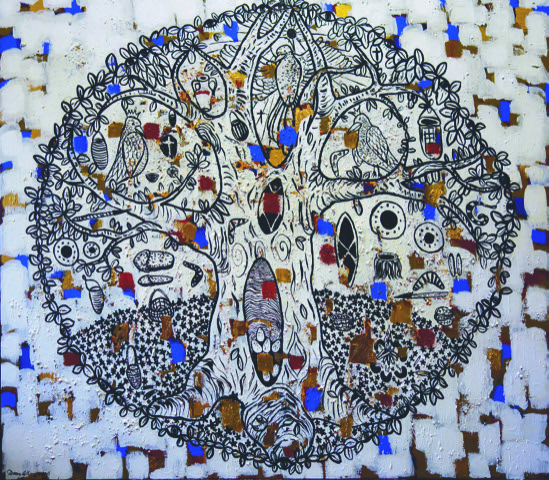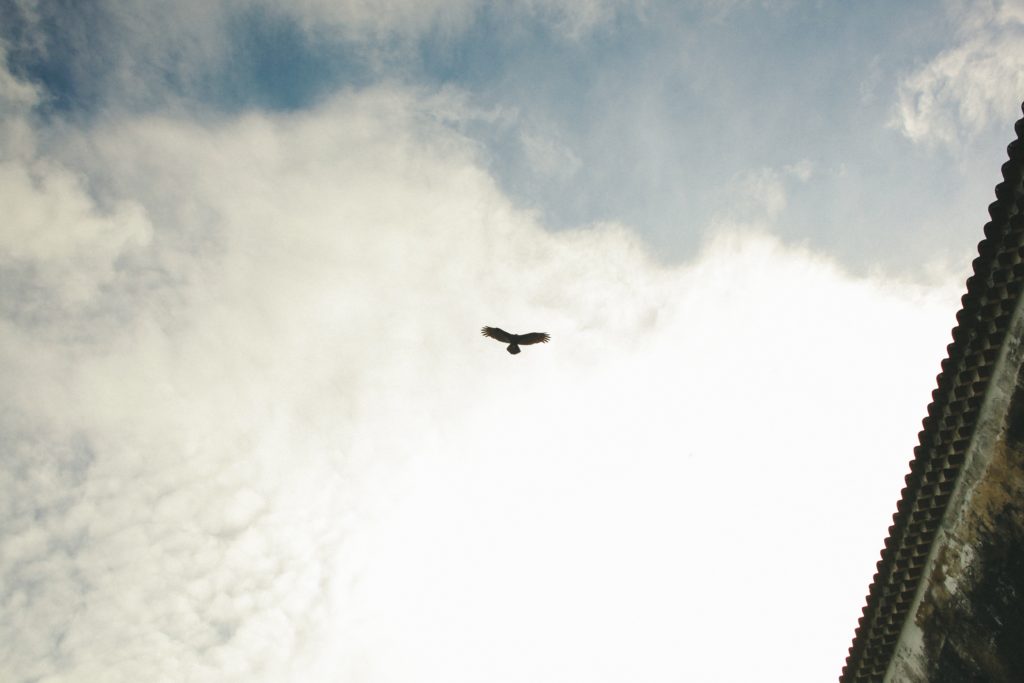The arrival of white settlers to Australia over 230 years ago brought with it a colonial gaze – a desire to impose traditions and cultural practices, carried halfway across the world, onto this new land and its indigenous inhabitants.
It’s a heavy gaze for an indigenous woman to bear, and it has brought with it trauma and loss across multiple generations. But traditional custodian and proud Wadawurrung (Wathaurung) woman Deanne Gilson is determined to tackle this gaze head on.
She’s using her 35 year career as a visual artist to explore the impact this colonial gaze has had on traditional Aboriginal women’s business and seeking to bring back what has been lost through the expression of her own contemporary art.
Indigenous knowledge through connection
Ms Gilson is a Deakin University PhD student who has spent the past four years exploring the topic for her PhD with the support of Deakin’s Institute of Koori Education (IKE).
“I couldn’t have done it anywhere else” she says of her practice-led research. “Drawing on indigenous knowledge, you’ve got to connect with indigenous, First Nations people. There’s a beautiful Elder in Residence called Aunty Janis Koolmatrie [who is completing her own PhD at Deakin], so for starters Aunty Janis is the pinnacle of fantastic knowledge.”

Meeting with elders and community, Ms Gilson examined how indigenous women’s activities such as child birth, raising children, sharing stories through yarning, dancing, coming together, initiation ceremonies, adornment making and so on, were disrupted or lost throughout colonisation.
Using a visual arts platform, she responded to this trauma by creating contemporary artworks that acknowledge and look to bring back what has been lost. Reflecting on the stories of the past, she created something new to assist in healing, disrupting and challenging the colonial gaze.
Her work reveals a beautiful story, a journey that, as she says, “happened… naturally for me. I haven’t done a case study as such, it’s just practice-led and just who I’ve engaged with, without forcing anything.”
A healing experience
As Ms Gilson gathered knowledge from elders and community, she began creating her art works in response to what she was learning. The start of her process included gathering ochre and materials from Country, and then creating drawings of each artwork. The final output for her PhD exhibition consists of thirteen paintings and a large clay sculptural installation.

Ultimately, Ms Gilson’s work has enabled her to return some of the ancestral knowledge that was lost through colonisation. She offers it for future generations of indigenous women to take hold of – a way to draw on the past and to create a better future.
“It’s absolutely been worth it. It’s been life changing,” she says
While the outcome has been a positive one, the journey hasn’t always been easy, “So many times I’ve thought, ‘What am I thinking? I can’t do this. I’m not a professional writer,’ but then I thought, ‘Well I’ve got something to contribute to indigenous knowledges and that’s important.’”
Ms Gilson’s hope is that her work will “encourage other indigenous people to be game and have the strength” to complete further study.
Knowledge for the next generation
Once her thesis is completed and her art exhibition over, Ms Gilson would like to put some of the knowledge from her PhD to the test and engage with the community and schools.
“I really love [working with] primary and secondary schools, doing lots of cultural workshops. Because then in the next generation there might not be so much racism and they might be more understanding. For those reasons alone, I think it’s worth it.”
Looking out her kitchen window, Deanne reflects on the almost four year journey of her PhD now coming to a close. She catches sight of an eagle in the sky – a significant spiritual symbol known as Bunjil.

Bunjil represents positivity and, appearing out her kitchen window, it is as if his presence reaffirms the value of the work created over the past four years: a little wink of acknowledgement that she’s doing the right thing.
Deanne’s PhD work will be revealed at her exhibition at the William Mora Galleries in Richmond, Melbourne this October.
Sara Ryan
Staff writer



